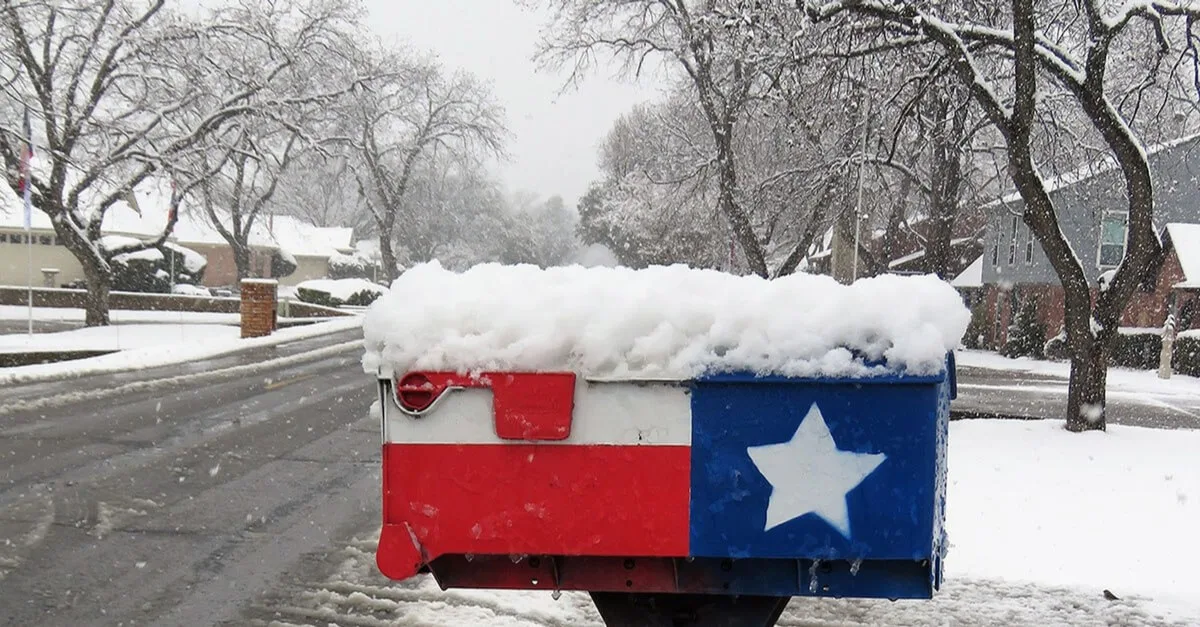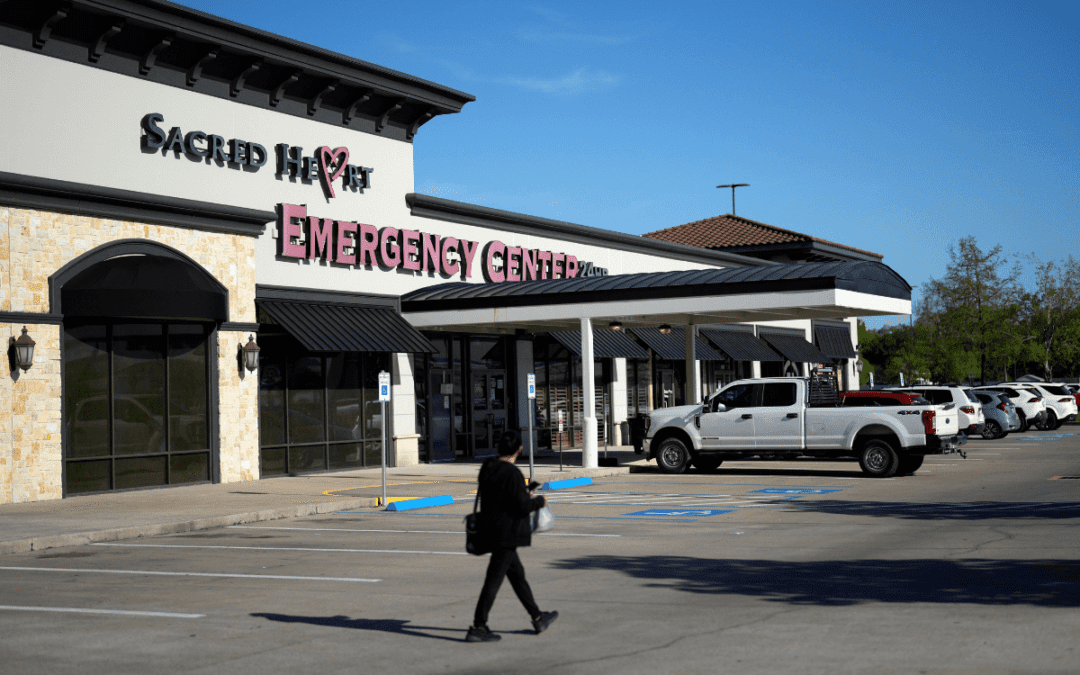
Image via Shutterstock
As climate change worsens, severe conditions that go beyond historical norms are becoming ever more common. President Biden has a $2 trillion plan to combat climate change.
Deadly weather will be hitting the US more often, and America needs to get better at dealing with it, experts said, as Texas—home to 11.4 million Latinos—and other states battled winter storms that blew past the worst-case planning of utilities, governments, and millions of shivering residents.
This week’s storms—with more still heading east—fit a pattern of worsening extremes under climate change and demonstrate anew that local, state, and federal officials have failed to do nearly enough to prepare for greater and more dangerous weather.
At least two dozen people have died this week, including from fire or carbon monoxide poisoning while struggling to find warmth inside their homes.
A Different Kind of Storm
“This is a different kind of storm,″ said Kendra Clements, one of several businesspeople in Oklahoma City who opened their buildings to shelter homeless people, some with frostbite, hypothermia, and icicles in their hair.
RELATED: How Joe Biden Wants to Get One of the Most Ambitious Plans to Fight Climate Change Done
It was also a harbinger of what social service providers and governments say will be a surge of increased needs for society’s most vulnerable as climate and natural disasters worsen.
But other Americans are at risk as well. Power supplies of all sorts failed in the extreme cold, including natural gas-fired power plants that were knocked offline amid icy conditions and, to a smaller extent, wind turbines that froze and stopped working. More than 100 million people live in areas under winter weather warnings, watches, or advisories, and blackouts are expected to continue in some parts of the country for days.
A Need for Better Planning
“This definitely was an anomaly,″ but one that is likely to occur more frequently as a result of climate change, said Sara Eftekharnejad, assistant professor of electrical engineering and computer science at Syracuse University.
“There probably needs to be better planning, because we’re starting to see more extreme weather events across the country,″ she said, whether it’s severe cold in Texas or the intense heat wave in California last year that fueled deadly wildfires.
RELATED: Experts Warn of Mass Migrations in as Little as 30 Years as America Grapples With Changing Climate
Michael Craig, an assistant professor of energy systems at the University of Michigan, said the events in California and Texas show that “what we have now is not going to do it in the face of climate change. It’s only going to get worse from here.″
A Dire Warning
The crisis sounded an alarm for power systems throughout the country: As climate change worsens, severe conditions that go beyond historical norms are becoming ever more common. Texas, for example, expects power demand to peak in the heat of summer, not the depths of winter, as it did this week.
The disaster in Texas, which according to the US Census Bureau is home to nearly 11.4 million Latinos, “is a reminder that our nation’s critical infrastructure is vulnerable to extreme weather events and we can no longer turn a blind eye to the resiliency investments needed to protect it,″ said Sen. Tom Carper (D-Del.) chairman of the Senate Environment and Public Works Committee, who met with President Joe Biden at the White House last week.
RELATED: Florida Rep. Kathy Castor Has a Plan for Climate Action Under Biden
“The cost associated with addressing climate change and improving our infrastructure’s resilience is always going to be less than the cost of rebuilding or failing to act,″ Carper said.
In Texas, where wind power is a growing source of electricity, the wind turbines generally are not equipped to withstand extended low temperatures, as they are in Iowa and other cold-weather states. Modifying the turbines slightly to withstand freezing temperatures is one step needed to confront climate change, said Roy McCann, professor of electrical engineering at the University of Arkansas.
Biden’s $2 Trillion Plan
While some Republican politicians, including Texas Gov. Greg Abbott, have tried to pin blame on wind and solar power for the outages, traditional thermal power plants, which rely mostly on natural gas, provide the bulk of power in the state and were the larger problem.
The dire storms come as Biden aims to spend up to $2 trillion on infrastructure and clean energy investment over four years.
Biden’s plan includes:
- Generating 100% carbon-free power by 2035, in order to combat the “existential threat” of climate change.
- Create 1 million good, new jobs in the auto industry, with a particular focus on investing in and incentivizing the production of clean energy-powered vehicles.
- Upgrade 4 million buildings and weatherize 2 million homes in four years, an effort that would create at least 1 million jobs, reduce utility bills for families, businesses, and local governments, and improve environmental health, making buildings safer.
- Create new jobs in conservation and climate-smart agriculture, including 250,000 jobs plugging abandoned oil and natural gas wells and reclaiming abandoned coal, hard rock, and uranium mines.
Politics

A grim look at how climate change is impacting Florida right now
Climate change is not something that could happen in the future. It's happening now, and Florida is feeling its devastating impact in more ways than...



Emergency rooms refused to treat pregnant women, leaving one to miscarry in a lobby restroom
By AMANDA SEITZ Associated Press WASHINGTON (AP) — One woman miscarried in the lobby restroom of a Texas emergency room as front desk staff refused...
Local News



A grim look at how climate change is impacting Florida right now
Climate change is not something that could happen in the future. It's happening now, and Florida is feeling its devastating impact in more ways than...



Emergency rooms refused to treat pregnant women, leaving one to miscarry in a lobby restroom
By AMANDA SEITZ Associated Press WASHINGTON (AP) — One woman miscarried in the lobby restroom of a Texas emergency room as front desk staff refused...




